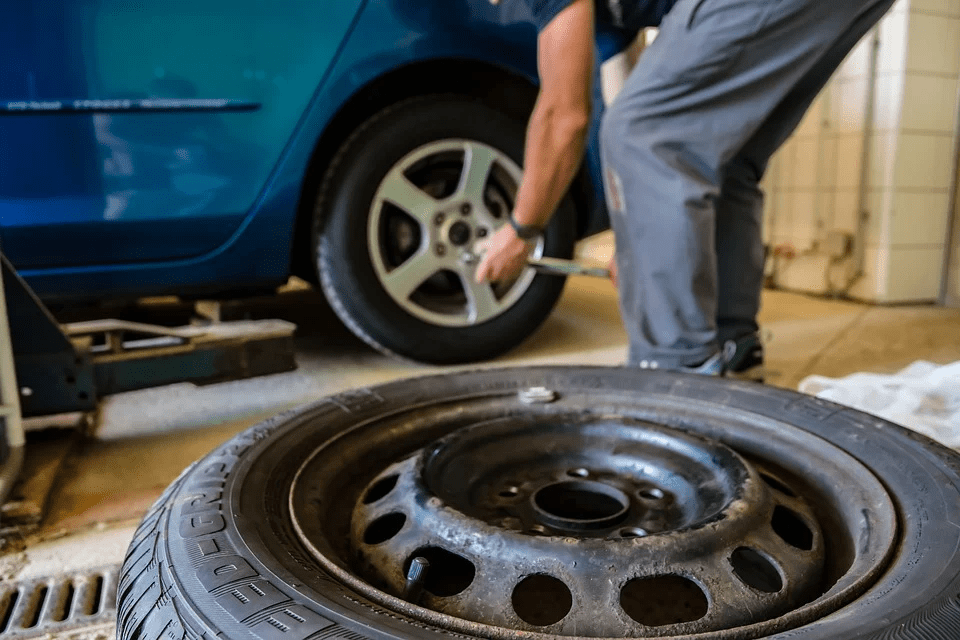No matter how diligently you perform maintenance on your car, there will still be uncontrolled instances when you encounter trouble while driving. Your car may get unresponsive, you hear sputtering, notice weird vibrations, see dashboard indicator lights, or catch odd smells from the car. These signs can only mean that something is wrong with your vehicle. It can be frustrating at times, but it pays to have the presence of mind and knowledge on what to do in this situation.
Here, we will share some of the things you should always do if you are having car trouble on the road.
1. Steer Clear of Traffic and Pull Over
At the first sign of car trouble, you should keep in mind that your vehicle is no longer roadworthy, and staying on the highway can endanger you. If having car trouble is already a bad situation as it is, you wouldn’t want it to get worse by being a road hazard to other motorists and getting involved in a vehicular accident. Turn on your hazard/safety lights, slow down, and gently maneuver your car to the right-hand shoulder of the road. This way, you are warning other motorists to keep their distance from your car and you can safely get out of the vehicle to assess the situation once you stop at the shoulder. Check the extent of the car trouble if a quick fix can get it running again or if you require a tow truck to bring your car to the nearest auto repair shop. Always think of your safety first and then your car’s when you find yourself in vehicular trouble on the road. Don’t force your car to keep running even if you are near an auto shop. You might run the risk of causing further damage to your car.
2. Keep Your Warning Signs Visible
Make sure to keep all available warning signs visible on or around your vehicle until help arrives or until you somehow manage to fix your car trouble. Prop up your hood and keep the hazard lights on if you have positioned your car at the shoulder of the road. Set up flares or reflectorized triangles around your vehicle, especially if your vehicle breakdown happens at dusk or nighttime. Staying visible on the road and alerting other motorists to the location where you have stopped should be your priority, especially when it is dark or there is low visibility.
3. Call for Help
Call or use a mobile app to reach out to a towing service, a mechanic, highway patrol, or roadside assistance service. If you are in an emergency or if you are unsure who to contact, call the emergency numbers such as 911 or the local police. Once you have called the towing or repair service, you may also want to call your insurance company to check if your car breakdown is covered by your insurance policy. If you have a roadside service subscription, you can have car breakdown assistance at any time and you will have more peace of mind while on the road.
4. Stay in Your Vehicle
If you have managed to reach the shoulder of the road and away from oncoming traffic, you can get out through the passenger-side door to check on the car. If you know how to troubleshoot your car trouble, perform your troubleshooting while keeping yourself and your vehicle visible to other motorists. If you are not sure what the damage or malfunction is, stay inside your car while calling for help.
If your car engine dies while in the middle of the road and you can’t get to the shoulder, stay inside your vehicle. You are safer in your car than getting out of it and trying to cross the road. Again, sending out a warning signal through hazard lights or hanging out a white cloth on the driver-side window is essential in telling other motorists to proceed with caution around your vehicle.
Car breakdowns can still happen no matter how diligently you check your car before traveling. Having a mindset of preparedness can help you to stay calm and rational during car troubles. Lastly, safety should be your top priority, and don’t turn your vehicle into a traffic hazard to keep yourself, your vehicle, and other motorists safe.














